
NPS Photo In Sequoia and Kings Canyon National Parks, the dynamic landscape evolves from geologic processes working over millennia to sculpt granite, marble, and other forms of rock. Here in the parks, canyons carved by rivers and glaciers tower above rugged peaks and miles of underground caverns. Found throughout the park are thousands of lakes and ponds and miles of rivers and streams; together they form important watersheds in the park. These watersheds are a valuable source of water not only to park resources but also to the inhabitants of California’s Central Valley. 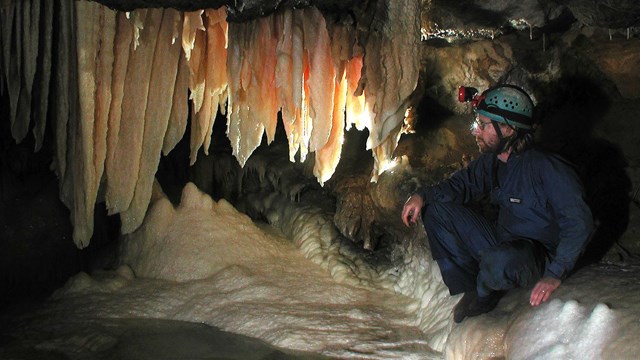
Caves and Karst Systems
These parks protect more than 200 caves, containing rare minerals, Pleistocene-era fossils, and unique animals. 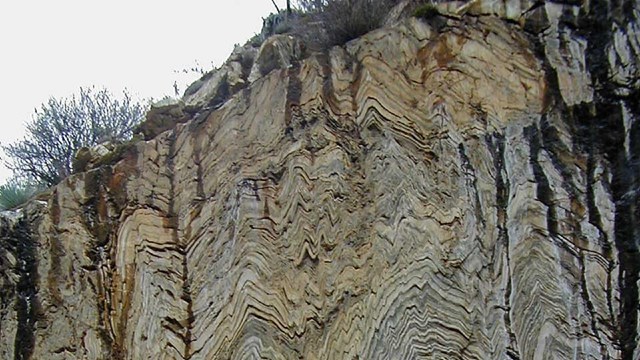
Geology
Located in the Sierra Nevada, the parks are nestled among sheer cliffs and deep canyons, and include the tallest peak in the contiguous US. 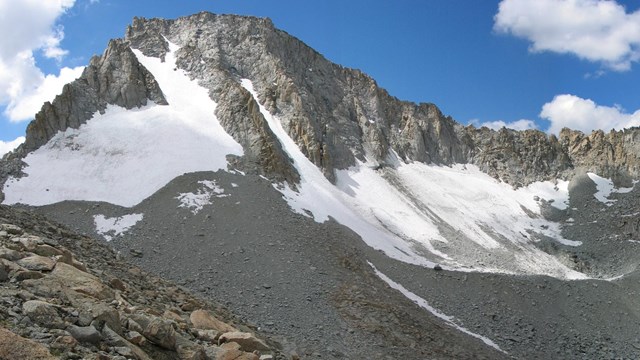
Glaciers
Darwin Glacier, Kings Canyon National Park, 2004. Glaciers across the Sierra Nevada have shrunk an average of 55% in the past century. 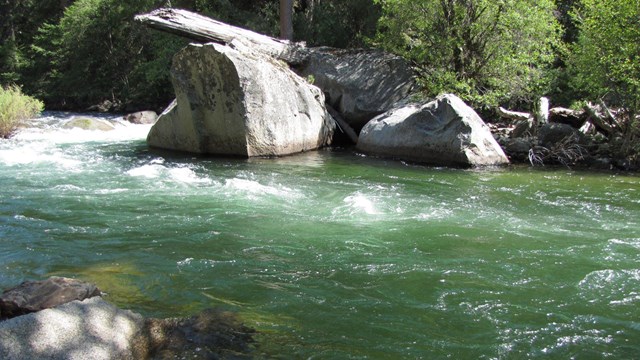
Rivers, Snow, and Hydrology
Learn about how climate change affects river flow, snowpack, and hydrology. 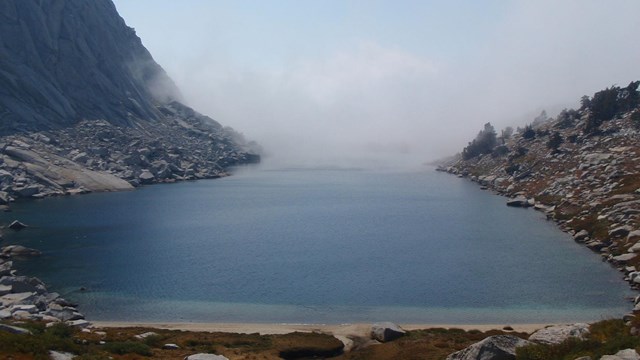
Lakes
Park lakes are habitat for aquatic organisms and food sources for some birds, mammals, and snakes. |
Last updated: October 4, 2023
